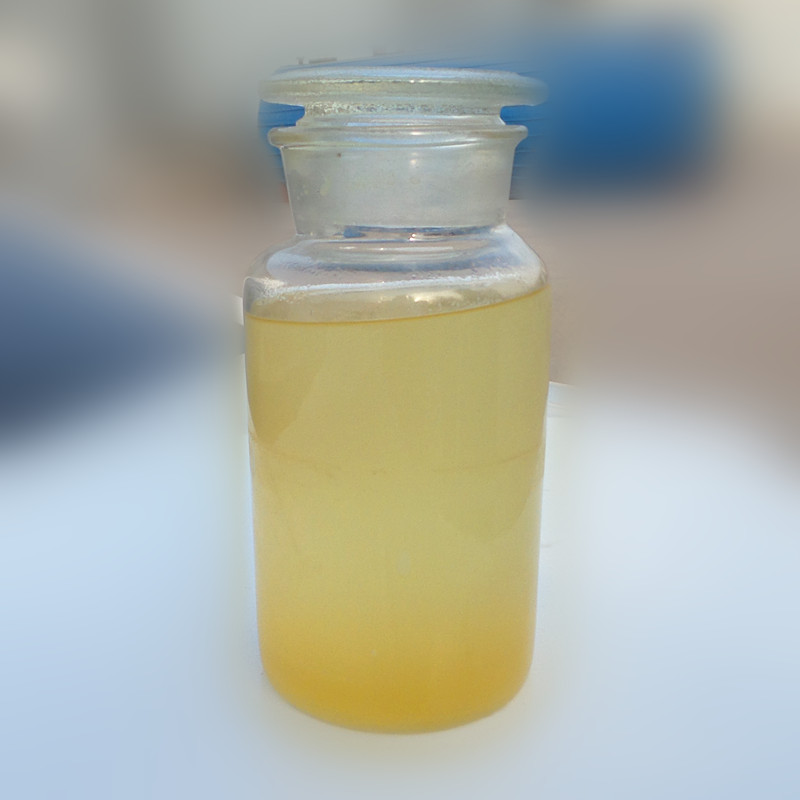Emulsifier uses water as a dispersed substance The emulsion paint is a water-soluble dispersion system based on concentrated emulsion, in which color paste, fillers and modifiers are dispersed. Because emulsion coatings are dilutable, easy to construct, quick-drying, flame retardant, slightly toxic, environmentally friendly and energy-saving, and have excellent coating properties, they are widely used in building interior and exterior coatings, industrial paints, chemical fiber processing, and papermaking. Various uses such as industry are one of the important directions for the development of the current coating industry.
One. Types of emulsifiers
Emulsifiers are typical surfactants, cationic, positive-ionic, amphoteric, and non-inorganic compound surfactants can all be used as emulsifiers.
Cationic surfactants as emulsifiers Agents include alkyl ether potassium thiocyanate, fatty alcohol potassium thiocyanate, alkyl sulfonate, etc.; amphoteric surfactants include sulfonate ester, hydrochloride ester, phosphate ester; non-cationic surfactants include polyoxygen Vinyl alkyl ether, polyoxymedical ether aromatic ether, sorbitol, sorbitan anhydride and oleic acid esters, mannitol, dehydrated mannitol and oleic acid esters, etc.

Two. Selection of emulsifier
Generally speaking, emulsifiers that can produce micelles in emulsion aggregation and can cause polycondensation reactions generally have an oxygen atom number of >Surfactant above 10-12. In addition, emulsifiers can also provide emulsion dispersion thickeners after the emulsion polycondensation reaction is completed, and do not react with individual components and initiators and other additives, and cannot have a negative impact on the coating (affecting the preparation and transportation of the coating) and sizing engineering construction, etc.).
So far, there are no unified standards for selecting lotions. Use emulsifier. The selection of various emulsifiers still requires continuous testing to distinguish between good and bad. Here are some examples of experience in selecting emulsifiers.
1. Select inorganic compound emulsifier because it gives dispersed particles Static electricity, through the electrostatic repulsion effect, the emulsion is dispersed and thickened.
2. Use cationic emulsifiers and non-inorganic compound emulsifiers to interact with each other. Use to achieve stronger emulsion and emulsion smoothing effects.
3. Select an emulsifier with a similar material structure to the emulsion. Improve the effectiveness of emulsion.
4. Use an emulsifier with greater solubilizing ability for each individual .
5. Commonly used emulsifiers cannot affect the emulsion polycondensation reaction, and have excellent convergence reliability and storage properties .

 微信扫一扫打赏
微信扫一扫打赏

